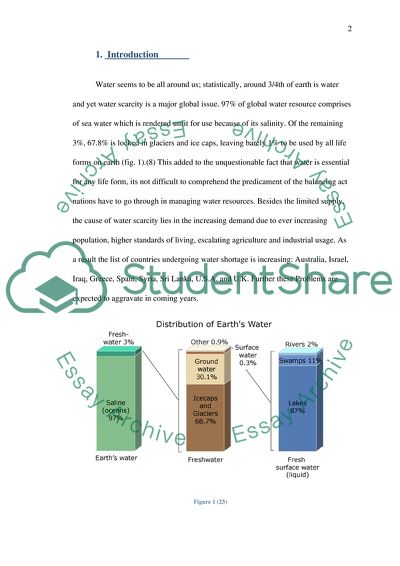Cite this document
(Features of The Most Common Desalination Processes Coursework, n.d.)
Features of The Most Common Desalination Processes Coursework. Retrieved from https://studentshare.org/technology/1743040-overview-of-most-common-desalination-processes-see-table-of-content
Features of The Most Common Desalination Processes Coursework. Retrieved from https://studentshare.org/technology/1743040-overview-of-most-common-desalination-processes-see-table-of-content
(Features of The Most Common Desalination Processes Coursework)
Features of The Most Common Desalination Processes Coursework. https://studentshare.org/technology/1743040-overview-of-most-common-desalination-processes-see-table-of-content.
Features of The Most Common Desalination Processes Coursework. https://studentshare.org/technology/1743040-overview-of-most-common-desalination-processes-see-table-of-content.
“Features of The Most Common Desalination Processes Coursework”. https://studentshare.org/technology/1743040-overview-of-most-common-desalination-processes-see-table-of-content.


